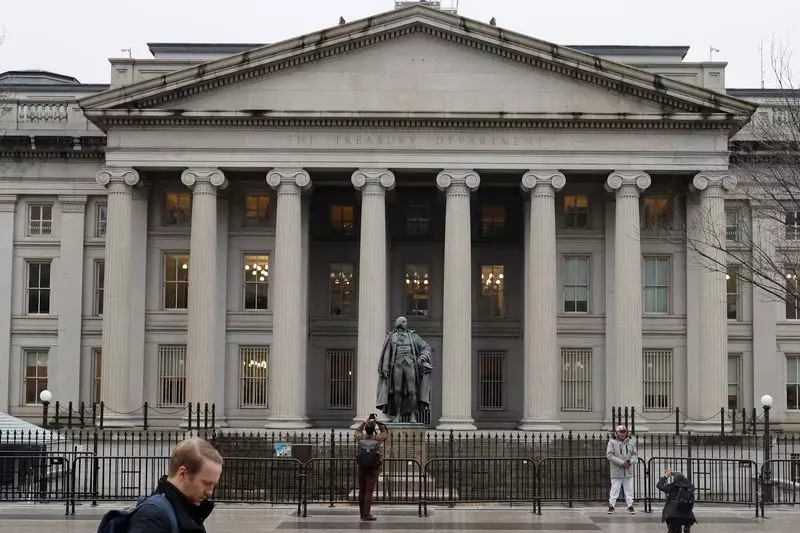As the U.S. government prepares for fiscal 2024, its projected expenditure stands at a staggering $6.8 trillion. This figure represents both the ambitions and the limitations of the federal budget as it balances essential programs with the looming threat of a substantial national deficit. Despite ongoing discussions regarding fiscal restraint and the necessity for cuts, experts suggest that significant reductions are unlikely to materialize. Political and structural roadblocks create an environment where meaningful change may be elusive.
The vast majority of federal spending is categorized as mandatory, with $4.1 trillion allocated to vital programs like Social Security and Medicare. These expenditures are not merely financial numbers; they represent a commitment to American citizens, particularly seniors who rely heavily on these benefits. Analysts from Wells Fargo highlight the impracticality of reducing these mandatory outlays due to their deep-rooted popularity and the political ramifications associated with altering them. The statistics speak volumes: Social Security costs alone are projected at $1.4 trillion, while Medicare expenses contribute another $900 billion to the federal budget. Furthermore, other essential services, including Medicaid and veterans’ benefits, further strain the budget.
Compounding the issue is the necessity of servicing the national debt, demanding $950 billion each fiscal year. Due to the implications that could arise from cutting these payments, such as triggering a financial crisis, analysts assert that any meaningful relief in this area is impractical. Given the size of the national debt and the urgency to maintain financial stability, decisions surrounding this component of the budget require a careful and strategic approach.
While discretionary spending accounts for about $1.8 trillion of the budget, the options available for cuts are limited. Defense spending, which takes up nearly half of this discretionary category, underscores the fiscal tightrope the government walks. Currently representing only 3% of GDP—reaching historic lows since the Cold War era—the prospects for significant reductions here are dim. The geopolitical landscape further complicates matters, with current tensions suggesting that any major drawdown in military spending would be ill-timed.
The mechanisms of congressional action pose additional barriers to any proposed spending reductions. Achieving consensus typically necessitates at least 60 Senate votes, a daunting task in a divided political landscape. While executive orders can be reversed by the President, they are unlikely to yield savings that can substantially dent the upcoming decade’s predicted $26 trillion deficit.
While some marginal adjustments in federal spending and staffing may be feasible in the short term, the hurdles to implement extensive changes remain formidable. As policymakers grapple with a complex fiscal landscape, it becomes increasingly clear that deep cuts may be more aspirational than attainable. The path ahead will require not only strategic financial planning but also a willingness to stand firm in the face of political pressures and demographic obligations.

